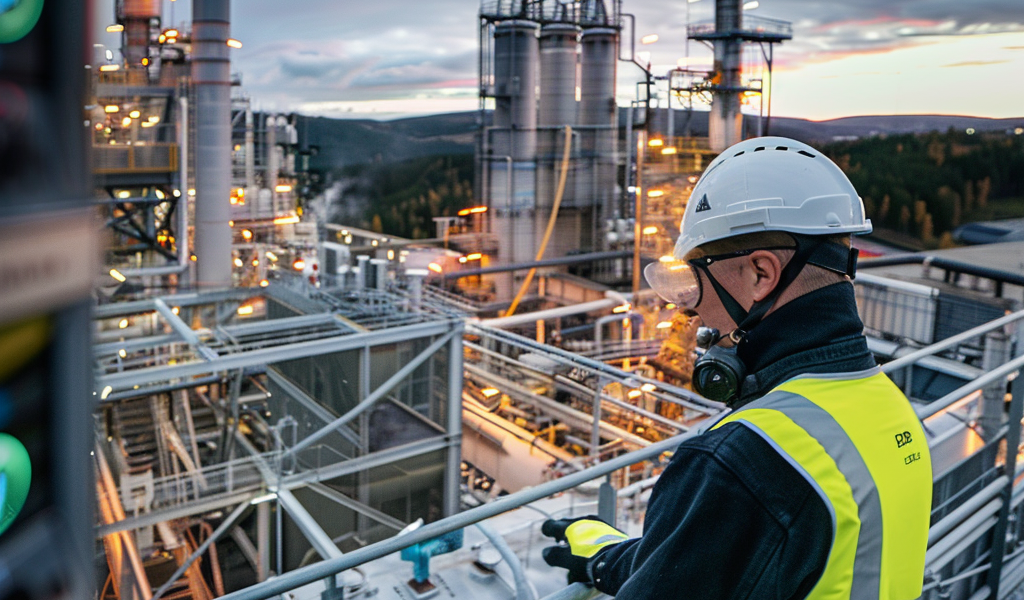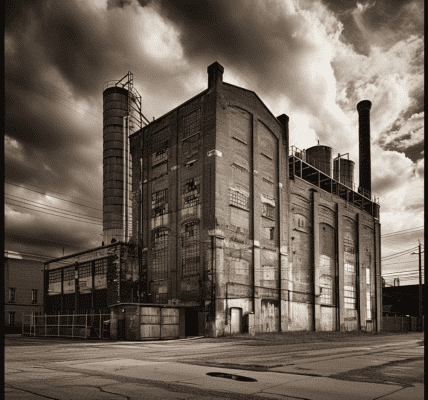Researchers from SINTEF, a prominent Norwegian research organization, have made significant strides in carbon capture and storage (CCS) technology, unveiling a new system designed to sequester post-combustion CO2 more efficiently and cost-effectively. This innovative approach, known as the Continuous Swing Adsorption Reactor (CSAR), is a step forward in the quest to combat climate change by reducing greenhouse gas emissions.
The development of CSAR builds on SINTEF’s previous research endeavors and promises to be less energy-intensive compared to existing CCS methods, such as monoethanolamine (MEA) and swing adsorption reactor cluster (SARC). Jan Hendrik Cloete, a research scientist at SINTEF, highlighted the competitive edge of CSAR technology, particularly when paired with affordable electricity sourced from renewables. He stated, “Our studies have shown that the CSAR technology competes very well with other technologies that utilize heat.” This assertion underscores the potential of the CSAR system in advancing sustainable energy practices.
Traditionally, post-combustion CCS has relied on chemical absorption methods, where CO2 is absorbed into a separation tower using a solvent and subsequently regenerated in a high-temperature recovery column. While this method has become the industry standard, it is not without its challenges. The thermal regeneration process demands significant energy, which can be a limiting factor in its overall efficiency.
The CSAR technology revolutionizes this process by employing a dual-reactor system for CO2 capture. The initial reactor focuses on adsorption, utilizing a sorbent material that binds with CO2, effectively separating it from the flue gas. This binding occurs at lower temperatures, generating heat that is subsequently transferred to the second reactor. In this reactor, the CO2 is released from the sorbent at a higher temperature. Cloete elaborated on this mechanism, explaining how a heat pump facilitates the transfer of heat between the reactors, while a vacuum pump aids in the efficient release of CO2.
SINTEF emphasizes that the integration of these pumps enhances the overall efficiency of the heat transfer process. Notably, the CSAR system requires only a single source of electricity, which simplifies the energy management of the plants implementing this technology. Moreover, existing facilities can adopt CSAR without undergoing extensive retrofitting, making it an attractive option for many operators.
This year marked a pivotal moment for the CSAR method, as it was successfully trialed in collaboration with CCS company Caox at the BIR AS waste combustion plant located in Bergen, Norway. The BIR facility processes approximately 220,000 tons of household waste annually, resulting in the generation of around 250,000 tons of CO2. During a 100-hour operational period, SINTEF managed to replicate its lab-scale CCS findings on an industrial scale, utilizing a pilot reactor specifically designed to capture 100 kg of CO2 per day.
The collaboration between SINTEF and BIR is set to continue, with plans already underway for a pilot plant capable of capturing 3 tons of CO2 per day. This ambitious project reflects the commitment of both organizations to advance CCS technology further. Additionally, SINTEF is expanding its efforts internationally, partnering with a cement factory in Spain to launch another pilot project under the EU-funded CAPTUS initiative.
The implications of the CSAR technology are profound, particularly in the context of global efforts to mitigate climate change. By providing a more efficient and cost-effective means of capturing CO2 emissions, this innovative system could play a crucial role in reducing the carbon footprint of various industries. As the world continues to grapple with the challenges posed by climate change, advancements in CCS technology like CSAR are essential in paving the way toward a more sustainable future.





